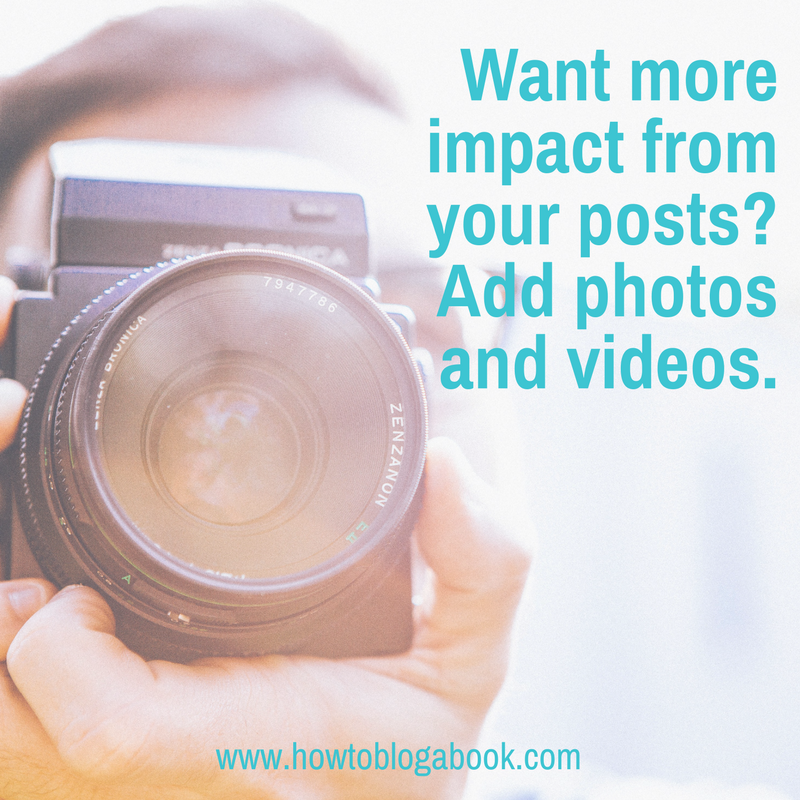As a writer, you might think your words alone can attract a large audience for your blog, book, or blogged book. But that doesn’t mean it’s the only way to build a platform consisting of readers.
Photos and videos have never been more relevant for optimizing your posts for search engines. But using visuals to attract readers requires more than putting up new videos and photos; it requires using at least a few of the best practices for incorporating photo and video SEO or search engine optimization onto your blog.
If SEO seem too techy for you, here are a few tips to help you use photos and videos effectively.
Photos
“A picture says a thousand words.” Well, it should—especially when it comes to your relevance in the search engines. Thanks to modern image searching, every new visual element you incorporate is an opportunity to get your posts noticed. Here are a few ways to take advantage of that fact:
- Make your visuals relevant. A relevant visual element that shares your posts keyword or keyword phrase—surrounded by a discussion of that same topic—suggests to search engines that your subject is relevant to that search term.
- Practice good royalty habits. That is, don’t steal images. Use royalty-free photos from sites like, appropriately enough, com. Better yet, include your photographs and visual elements so your visuals are entirely unique.
- Don’t skip the steps when uploading. When you upload an image or video to WordPress, you’re asked to enter a file name and “alt text.” Don’t ignore these steps! Each one represents a chance to optimize your image. While naming your photo “keyword.jpg” isn’t necessarily going to make you a superstar overnight, it is a better habit for your long-term SEO prospects.
Videos
When you upload a video to accompany a blog post, SEO is often the last thing on your mind. You merely want to add value and context to the subject at hand.
But you can boost your chances of placing well in search engine listings if you are careful and remember the following:
- When you upload a video, use a descriptive title. “My Video 1” is not going to have the same impact as “How to Grow Your Own Herb Garden at Home.”
- Research what people are looking for in search engines before you upload a new video. You might use YouTube’s autosuggest feature to find out what kind of keywords are associated with videos in your genre.
- Make effective use of tags. Just as you might tag a social media post to increase its exposure, make sure you increase the relevance of your video within its genre by including descriptive and relevant tags. Don’t over-do it or use a bunch of random tags that you choose for their popularity alone.
There’s no reason that you have to rely solely on your writing to attract an audience for your book or blog. Utilizing the tips above, you can expand your potential audience while incorporating useful add-ons for the posts you create for your website or as part of your blogged book. Doing so will grow your audience and, ultimately, lead to more readers.
How are you using photos and videos on your site? Tell me about it in a comment below.
About the Author
 Dan Kenitz is a freelance writer and ghostwriter from Wisconsin who helps individuals and companies build their brands through valuable content. www.empirewriter.com
Dan Kenitz is a freelance writer and ghostwriter from Wisconsin who helps individuals and companies build their brands through valuable content. www.empirewriter.com
Image copyright: georgejmclittle/123RF.com


Excellent read Dan, love seeing photos and videos but seeing they can be used this way in SEO is quite smart.
I must admit I do forget the ALT tabs often so thank you fro the wake up call…